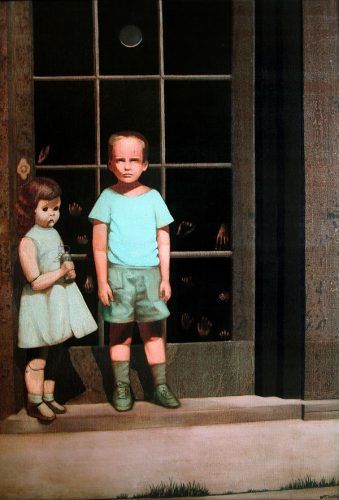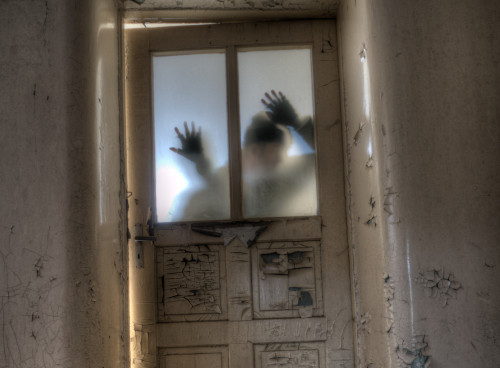It’s interesting the types of things that are available to buy online, a quick search on eBay will reveal a number of haunted and possessed objects just waiting for the right buyer. Whether you’re an amateur paranormal investigator, or you collect these kinds of things for a living, there are always a plethora of haunted items up for sale. While it’s entirely possible these things aren’t actually haunted, it’s just as likely that they’re being sold because the current owner didn’t realize what they were getting into. The most dangerous aspect of objects that are possessed by spirits is the idea of coming into ownership without knowing about the spirit that the object hosts. There are many instances of new homeowners finding hidden rooms in old homes that contain creepy dolls that were locked away and walled off in an attempt to keep an unhappy spirit at bay.
5 Reasons to Avoid Owning Haunted Artifacts

Dolls, paintings, boxes, and really anything else you can imagine has the ability to become a vessel for the dead. Spirits are in death as they were in life, their personality is translated into their afterlife–were they innocent and pure, or were they full of grief, anger, or hatred? These are the kinds of things that must be taken into account when you contemplate becoming the new owner of a spirit vessel. It doesn’t truly matter if you believe in the paranormal or not, tempting fate and pursuing ownership of haunted artifacts probably isn’t the best idea—and here’s why:
1. They aren’t toys
It may seem like a fun thing to acquire, especially around times like Halloween, but in all sincerity, they are not toys. These artifacts are vessels for people who have died and they may not be happy about the circumstances under which they died.
2. It could result in an unhappy spirit
If you don’t really know what you’re doing when taking ownership of a haunted artifact, then you’re already in over your head. Understanding spirits and how to appease them is imperative to peacefully coexist with them. Living with spirits is difficult, even for mediums and psychics that deal with them on a regular basis—it’s exhausting and will interfere with the way you live your life, so unless you want a permanent house guest that you can’t explain to company, don’t invite it into your life.
3. Spirits can cause behavioral changes
This is kind of a huge one, having a resident spirit in your home can cause major behavioral changes. This includes, but is not limited to depression, anxiety, mood swings, strange thoughts, anger, as well as violent and self-destructive behavior.
4. It could already be an angry spirit
If you can’t handle an unhappy spirit, you don’t even want to know what you would be getting into with an angry spirit—let’s just say that people bury, sell, or otherwise rid themselves of these objects any way they can for a reason. If you would really like to know the type of activity an angry spirit can bring, just watch a horror movie based around malevolent ghosts and you’ll get a fairly vivid image.
5. They might be cursed
Bear with me here—you may not believe in ghosts let alone curses, but even those who don’t believe are likely to feel quite unsettled or disturbed after handling a purportedly cursed object. Whether the angry or otherwise malevolent spirit was cursed to be confined within, or it was used during a ritualistic curse, there is a lot of negative energy attached to cursed objects. Typically speaking, objects that are used during ritualistic cursing or, “black magic,” are disposed of, so while it’s not likely, it’s still best not to tempt fate.
It’s important to understand that most of these kinds of auction listings begin with the phrase, “buyer beware.” While there may be a few fake listings, this phrase isn’t just a catchy way to draw attention to the listing—it really means it, that’s why there are usually strict no-return policies on them—they do not want these artifacts to find their way back to them.
Much like the dybbuk box that starred as the main terror of The Possession (2012), they aren’t objects of fascination, they are to be avoided by those who would rather live a peaceful existence.

Georgia-based author and artist, Mary has been a horror aficionado since the mid-2000s. Originally a hobby artist and writer, she found her niche in the horror industry in late 2019 and hasn’t looked back since. Mary’s evolution into a horror expert allowed her to express herself truly for the first time in her life. Now, she prides herself on indulging in the stuff of nightmares.
Mary also moonlights as a content creator across multiple social media platforms—breaking down horror tropes on YouTube, as well as playing horror games and broadcasting live digital art sessions on Twitch.

